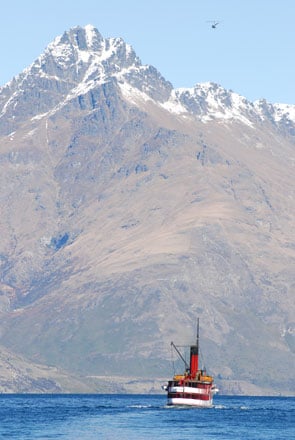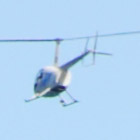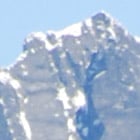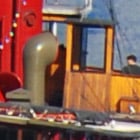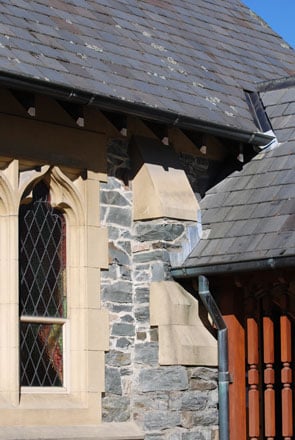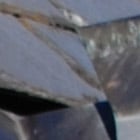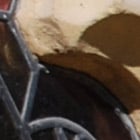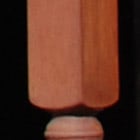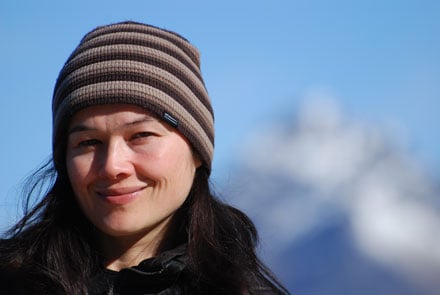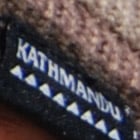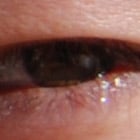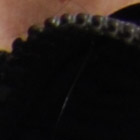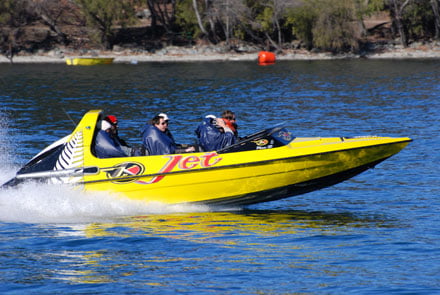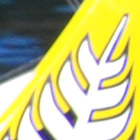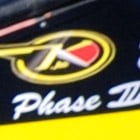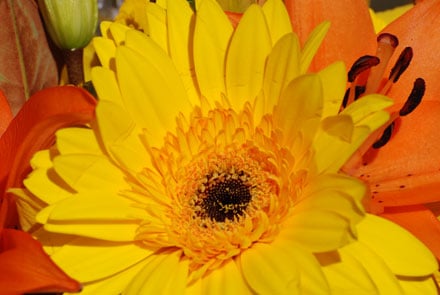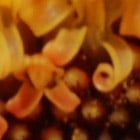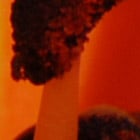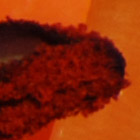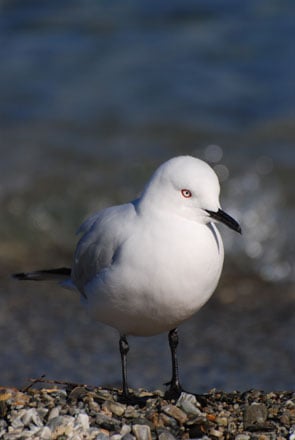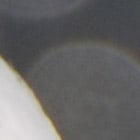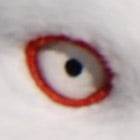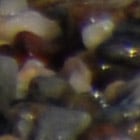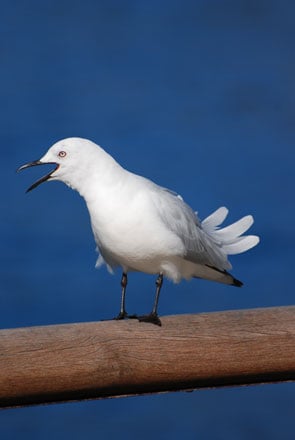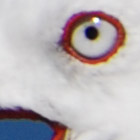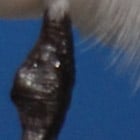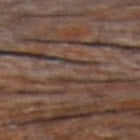Nikkor AF-S VR 70-300mm f/4.5-5.6 G IF-ED
-
-
Written by Gordon Laing
Nikkor 70-300mm VR gallery with Nikon D80
,
taken with Nikon D80
The following images were taken with the Nikkor 70-300mm VR lens using the Nikon D80 body. Unless otherwise stated, each image was recorded using the D80’s Large Fine JPEG mode, with Auto White Balance, 3D Matrix metering and the Optimise Image parameter set to the default Normal for sharpening, tone, colour, saturation and hue; High ISO Noise Reduction was set to Normal. The individual file size, exposure mode, shutter speed, aperture, ISO and lens details are listed for each image.
The crops are taken from the original files, reproduced at 100% and saved in Adobe Photoshop CS2 as JPEGs with the Very High quality preset, while the resized full images were made in Photoshop CS2 and saved with the High quality preset. The three crops are typically taken from far left, central and far right portions of each image.
Most of the samples below were taken at the same time as those for our Nikkor DX 55-200mm VR review, so check out our DX 55-200mm VR sample images page to directly compare how both lenses handled the same scenes.
Landscape: 4.24MB, Program, 1/500, f8, ISO 200, 70-300mm at 170mm (equivalent to 255mm)
|
Our first image was taken with the 70-300mm VR zoomed into 170mm. The boat was sailing quite quickly into the distance, but the D80 and lens had no focusing issues.
As with the DX 55-200mm VR, the anti-shake facilities helped us frame the shot, and the crops reveal a high degree of detail – and arguably a little more than a similar shot taken with the budget DX 55-200mm VR.
Building: 4.20MB, Program, 1/500, f5.6, ISO 100, 70-300mm at 70mm (equivalent to 105mm)
|
To test the 70-300mm VR at its shortest focal length we took this photo zoomed-out to 70mm. We wouldn’t exactly describe the 70-300mm VR as a walkabout lens in the same way as the DX 55-200mm VR, but the shorter end can still be useful for day-to-day shots.
The depth of field is smaller than you think though at 70mm, and here the D80’s choice of f5.6 in Program mode has resulted in some areas of the image not being 100% in focus. But those which are in focus are again packed with detail.
Portrait: 3.05MB, Aperture Priority, 1/500, f5.6, ISO 100, 70-300mm at 300mm (equivalent to 450mm)
|
The 70-300mm VR has great potential for portraits and while you’d probably stick to the lower end of the range, this shot was taken fully zoomed-into 300mm – and from quite a distance!
VR made the framing easy though while the combination of long focal length and open aperture ensured a minimal depth of field with a very blurred background. You may wish to compare this with our portrait shot taken with the DX 55-200mm VR.
The crops are sharp and detailed as expected.
Action: 4.39MB, Aperture Priority, 1/640, f8, ISO 200, 70-300mm at 300mm (equivalent to 450mm)
|
While working at f8 in Aperture Priority mode, we spotted a boat speeding by, so grabbed this action shot on the spur of the moment. The crops reveal a little motion blur which could have been avoided with a faster shutter speed, but there’s still lots of detail. The D80 and 70-300mm VR zoomed all the way in responded quickly to the challenge, focusing and firing-off the shot with ease.
Macro: 2.96MB, Aperture Priority, 1/250, f16, ISO 100, 70-300mm at 300mm (equivalent to 450mm)
|
Macro shots may not be your first assumption with a lens like the 70-300mm VR, but they are possible – from a distance anyway. Shooting from the closest focusing distance of around 1.5m, we grabbed this picture. The lens was zoomed-into 300mm, but VR kept the composition steady. The crops prove the 70-300mm VR can capture fine detail on smaller subjects, but even with the aperture closed to f16, you’ll have a small depth of field at 300mm.
Wildlife: 3.17MB, Aperture Priority, 1/2000, f5.6, ISO 200, 70-300mm at 300mm (equivalent to 450mm)
|
This photo of a bird was again taken at close range with the lens zoomed-into 300mm – but this time we had the aperture wide open. The small depth of field is ideal for isolating subjects, and the 70-300mm VR on a D80 makes photographing wildlife easy with its quick and accurate focusing. Bokeh fanatics should evaluate the out-of-focus points of light on the water’s surface. They look nicer than those from a similar shot taken with the DX 55-200mm VR.
Wildlife: 3.31MB, Aperture Priority, 1/1600, f5.6, ISO 200, 70-300mm at 300mm (equivalent to 450mm)
|
We concluded our DX 55-200mm VR gallery with a vocal bird, so thought it only fair to do the same again here. As with the previous shot above, the 70-300mm VR is capable of lovely results zoomed-in and with its aperture wide open. Here the crops are sharp and detailed and the subject successfully isolated from the background. If 300mm is sufficient for your subjects, it’s a great lens to have at your disposal.
